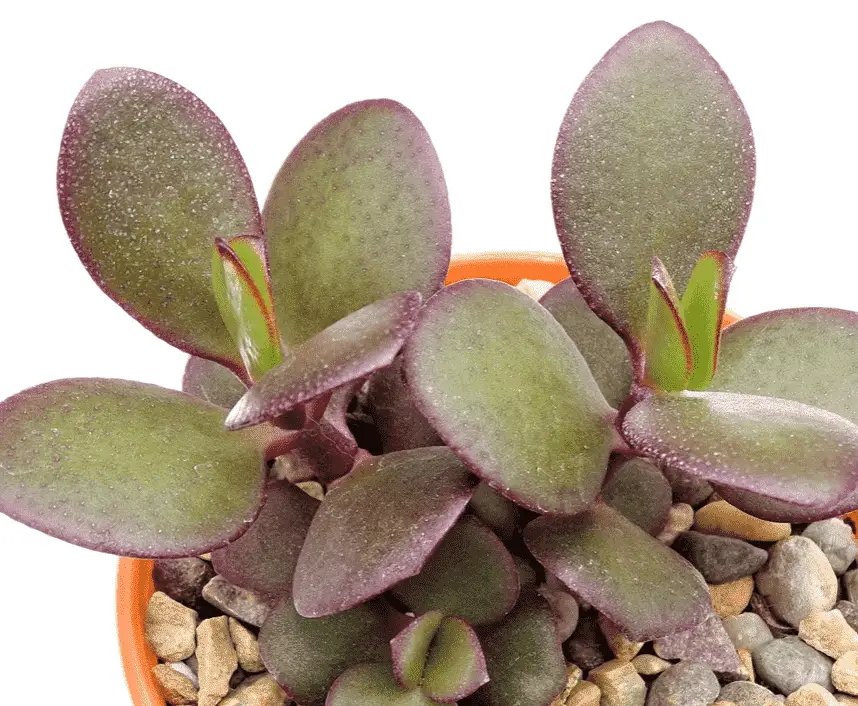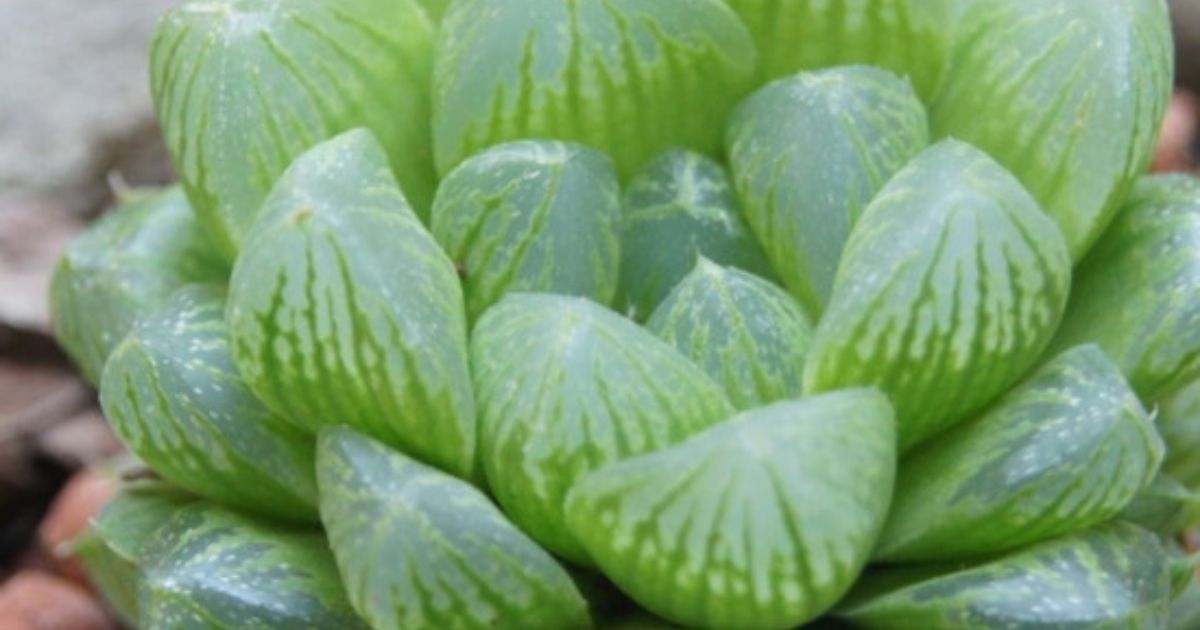Your succulent is turning brown because it might be getting too much sunlight. Succulents prefer bright, indirect light. Overwatering could also be the culprit; they like their soil to dry out between waterings. Check the soil’s moisture level and adjust your care accordingly to bring back its vibrant green color.
Why is my succulent turning brown and your succulent’s leaves changing color, there could be a few reasons. Overwatering is a common culprit, as succulents prefer well-drained soil. Insufficient sunlight can also cause browning. Checking the soil moisture and adjusting its light exposure can help your succulent stay green and healthy.
Succulents are beloved for their resilience and low-maintenance care. However, when you notice your succulent leaves turning brown, it’s essential to take action promptly. Understanding the reasons behind this issue is the first step in ensuring your succulent’s health and longevity.
Common Causes of Succulent Browning
Succulents can turn brown for various reasons. Here are some common culprits
Overwatering
Overwatering is a frequent cause of succulent browning. When the roots become waterlogged, they can’t absorb nutrients, leading to brown, mushy leaves.
Solution: Adjust your watering schedule to allow the soil to dry out between waterings.
Poor Drainage
Insufficient drainage in the pot can also cause browning. Waterlogged soil promotes root rot and brown leaves.
Solution: Repot your succulent in a container with proper drainage holes.
Lack of Sunlight
Succulents need sunlight to thrive. Insufficient light can cause them to stretch and develop brown, leggy leaves.
Solution: Place your succulent in a location with adequate sunlight, at least 6 hours a day.
Pests
Pests like mealybugs and aphids can damage your succulent, leading to brown patches and discoloration.
Solution: Inspect your succulent for pests regularly and treat them with the appropriate pest control methods.
Disease
Fungal and bacterial diseases can cause browning on succulent leaves. These diseases often manifest as brown spots or lesions.
Solution: Isolate infected succulents and treat with appropriate fungicides or antibacterial solutions.
Identifying Specific Succulent Varieties

Different succulent species can respond differently to these factors. Let’s explore some popular succulent varieties and their unique needs:
Echeveria
Echeveria succulents are known for their striking rosette shapes and their ability to tolerate well-drained soil and bright sunlight. However, they can turn brown due to overwatering or excessive sun exposure.
Aloe Vera
Aloe vera plants are prized for their medicinal properties. They prefer indirect sunlight and occasional watering. Brown aloe vera leaves can be a sign of overwatering or lack of light.
Jade Plant (Crassula Ovata)
Jade plants are hardy succulents, but they can develop brown spots from overwatering. They thrive in well-draining soil and bright, indirect light.
Cactus
Cacti are perhaps the hardiest succulents, but even they can turn brown if overwatered. They need lots of sunlight and minimal watering.
Proper Succulent Care Practices
To prevent your succulent from turning brown, it’s essential to establish good care practices. Here are some guidelines to follow:
Pot and Soil Selection
Choose pots with drainage holes to prevent waterlogging.
Use a well-draining succulent or cactus mix.
Watering
Allow the soil to dry between waterings. The “soak and dry” method is often effective.
Water the soil directly rather than spraying the plant’s leaves.
Light Conditions
Place your succulent in a sunny spot, but avoid harsh midday sun in hot climates.
Rotate the pot occasionally to ensure even sun exposure.
Pest Control
Regularly inspect your succulent for signs of pests.
Use neem oil or insecticidal soap to treat infestations.
Pruning
Trim brown or damaged leaves to encourage healthy growth.
Use clean, sharp scissors or pruning shears.
Troubleshooting Brown Succulent Leaves
When your succulent’s leaves turn brown, it’s essential to diagnose the issue correctly and take appropriate action:
Yellowing and Brown Leaves
Yellowing leaves are often a sign of overwatering, while brown spots can indicate disease. Adjust your watering routine and treat with fungicides or bactericides if needed.
Leggy Growth and Brown Leaves
Leggy growth and brown leaves result from insufficient light. Move your succulent to a brighter location and trim any leggy stems.
Pests and Brown Spots
Inspect your succulent for pests like mealybugs or aphids. Treat with appropriate pest control methods and trim away damaged leaves.
Prevention and Long-Term Succulent Health
Succulents can thrive for years with proper care and attention. To maintain their health and beauty:
Establish a regular care routine, including watering and fertilizing.
Monitor your succulent for any changes in color or texture.
Repot when necessary to refresh the soil and maintain proper drainage.
| Succulent Variety | Sunlight Requirement |
|---|---|
| Echeveria | Full sun to partial shade |
| Aloe Vera | Bright indirect sunlight |
| Haworthia | Indirect light or partial shade |
| Crassula | Bright, indirect sunlight |
| Sedum | Full sun to light shade |
This table serves as a quick reference guide to help you choose the right spot for your specific succulent variety.
FAQ’S
How do you fix browning succulents?
To fix browning succulents, first identify the underlying issue, such as overwatering or insufficient sunlight, and adjust their care accordingly. Trim away the brown parts and ensure proper drainage for their pots.
What causes succulents to turn brown?
Succulents turn brown primarily due to overwatering, insufficient sunlight, or pest infestations. These factors can lead to leaf damage and discoloration.
What does an overwatered succulent look like?
An overwatered succulent often appears with mushy, translucent leaves that may turn brown or black, and the plant’s overall structure may become weak and prone to root rot.
Should I cut off brown leaves on succulent?
Yes, you should cut off brown leaves on succulents to promote plant health and prevent the spread of potential issues.
Conclusion
Understanding why your succulent is turning brown is essential for its overall health and longevity. By addressing the common causes, implementing proper care practices, and diagnosing issues promptly, you can ensure that your succulent remains vibrant and green, delighting you with its natural beauty for years to come.
If you’re concerned about your succulent turning brown, addressing the issue promptly is essential to prevent further damage and potentially save your plant. By understanding the common causes of browning, taking preventive measures, and following a care schedule, you can enjoy the beauty of healthy, vibrant succulents in your home.
First, overwatering is a common culprit, as succulents thrive in well-draining soil and don’t require excessive moisture. If the soil remains soggy, it can lead to root rot and eventual browning of the plant. Secondly, insufficient sunlight can cause your succulent to turn brown, as they typically need plenty of direct sunlight to stay healthy and vibrant. If your succulent is not receiving adequate light, it may begin to show signs of stress and discoloration.










